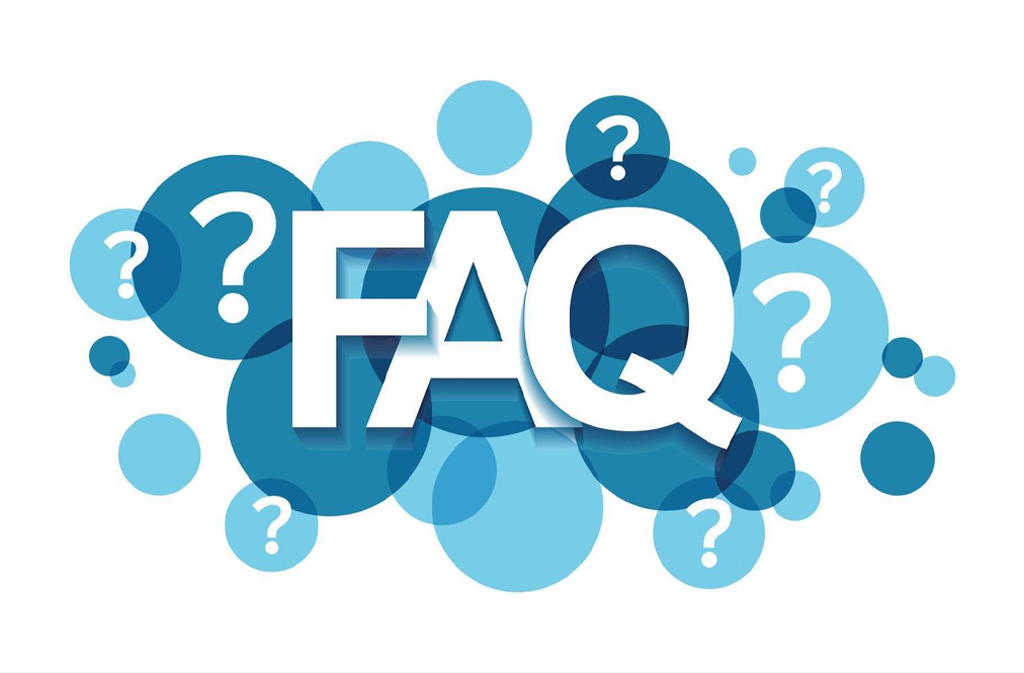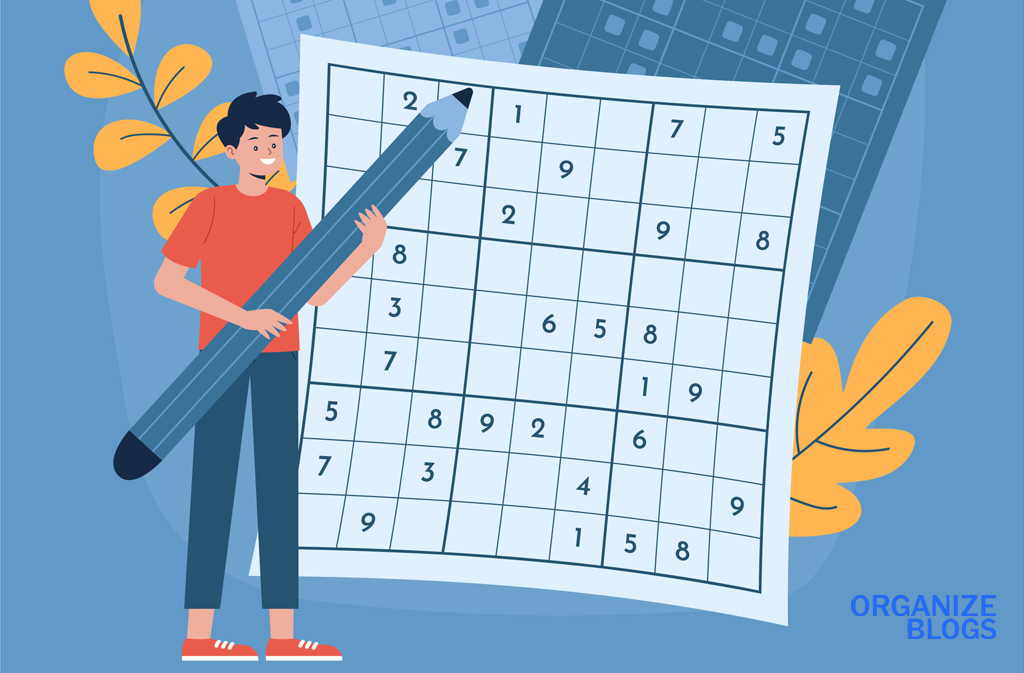NYT crossword clues are one of the most searched puzzle-related terms online. Every day, thousands of fans open the New York Times crossword puzzle to test their word knowledge. While some clues are simple, others can be tricky, clever, and even funny. Solving them is not just a hobby—it is a brain exercise that many people enjoy.
Although crossword puzzles have been around for decades, NYT crossword clues stand out for their creativity and challenge. They combine wordplay, culture, and logic in ways that make solving both rewarding and fun. This guide will help you understand them better, while also giving you tips to solve with more confidence.
Table of Contents
What Makes NYT Crossword Clues Special?
The first reason NYT crossword clues are so popular is because of their style. Unlike basic puzzles, these clues are carefully designed to balance challenge and fairness. The clues often use puns, double meanings, and cultural references that make you think outside the box.
The second reason is their reputation. The New York Times crossword has become the “gold standard” in puzzles. People from all over the world respect its difficulty and enjoy the sense of achievement that comes with solving even a single clue.
Types of NYT Crossword Clues You’ll See
Not all clues are the same, and recognizing the type makes solving much easier. For example, straightforward clues usually have a direct answer, such as “Capital of France.” On the other hand, wordplay clues may twist meanings or hide hints in clever ways.
Additionally, themed puzzles appear on certain days, where all clues relate to a central topic. NYT crossword clues may also include abbreviations, slang, or references to pop culture. Knowing these types will help you adapt and solve more quickly.
Why Solving NYT Crossword Clues Is Good for the Brain
One major benefit of working on NYT crossword clues is mental fitness. Studies show that solving word puzzles improves memory, attention, and problem-solving skills. Every time you crack a tricky clue, you are exercising your brain like a muscle.
Another benefit is stress relief. Even though some clues can feel tough, the process of solving gives a sense of focus and relaxation. Many people use the crossword puzzle as a daily break from stress, enjoying the small victories of filling in the grid.
Strategies for Tackling NYT Crossword Clues
The best way to handle tough NYT crossword clues is to start small. Begin with the shorter answers you know, because they often give hints for the harder ones. Filling in easy words creates a foundation for solving longer and trickier entries.
Another helpful strategy is to look for clue signals. For example, a question mark usually means the clue is a pun or wordplay. Similarly, a clue with “abbr.” tells you the answer will be shortened. Paying attention to these signals can save time and frustration.

Common Mistakes When Solving
One common mistake is guessing too quickly without checking crossings. Crossings are the intersecting words that confirm if your guess is correct. Ignoring them can lead to errors that block future progress. Always double-check with nearby answers.
Another mistake is overthinking. While NYT crossword clues can be tricky, sometimes the answer is simpler than you expect. Overcomplicating clues often wastes time. Remember, the best solvers balance logic with creativity.
How to Improve at Solving NYT Crossword
Improvement comes with practice. Playing the puzzle daily, even if you do not finish, builds your skills over time. You start recognizing patterns and common clue styles, which makes future puzzles easier.
Reading about past clues and solutions can also help. Many websites and blogs explain the reasoning behind NYT crossword clues. Learning how others solve gives you new strategies to try in your own practice.
Why NYT Crossword Are Loved Worldwide
Fans from around the globe enjoy NYT crossword clues because they connect people through language. Whether you are in the United States, Europe, or Asia, the thrill of solving is the same. Puzzles are a universal hobby that people bond over.
Additionally, the puzzles often reference a wide range of topics. From literature and science to pop songs and slang, NYT crossword clues cover it all. This variety ensures that there is always something for every player to enjoy.
Digital Age and NYT Crossword Clues
In the past, crossword puzzles were only on paper. Now, digital versions make solving more convenient. Many people use apps or the New York Times website to access daily puzzles. The digital format allows hints, timers, and even social sharing.
The rise of technology has also built communities. Players can discuss tricky NYT crossword clues online, share tips, and even compete with friends. This adds a new social layer to the classic puzzle.
Final Thoughts
At the end of the day, NYT crossword clues are more than just words on a page. They represent creativity, challenge, and tradition. Whether you are solving for fun, learning new vocabulary, or simply passing the time, these clues make the experience rewarding.
If you are new to the puzzles, do not worry. Start slow, practice often, and enjoy the process. With patience and persistence, you will find yourself solving NYT crossword clues with growing confidence—and maybe even finishing the entire grid.

FAQs
Q1. What are NYT crossword clues?
NYT crossword clues are hints given in the New York Times crossword puzzle. They can be straightforward, tricky, or use wordplay to lead you to the right answer.
Q2. Why are NYT crossword considered challenging?
They are challenging because they often include puns, cultural references, and clever wording. This makes solving fun but also requires creativity and knowledge.
Q3. How can beginners start solving NYT crossword?
Beginners should start with the Monday puzzles since they are the easiest of the week. Focus on short words and build confidence before moving on to harder puzzles.
Q4. Are there any tips for solving difficult NYT crossword?
Yes, always look at the crossings (the words that intersect with your answer). Also, watch for clue signals like abbreviations or question marks that hint at wordplay.
Q5. Do repeat over time?
Some common clues and answers repeat, especially for shorter words like “era,” “ore,” or “ale.” Learning these helps you solve puzzles faster.
Visit our website: Organize Blogs

